In the late 19th century, a peculiar introduction took place on the Caribbean island of Jamaica. Nine mongooses, originating from the Indian subcontinent, were brought to the island by William Bancroft Espeut, a landowner residing in the Portland parish. His intent was straightforward – to employ these furry creatures as a natural means of controlling the rodent population that posed a threat to his estate at Spring Gardens.
Initially, the mongoose’s presence seemed to yield positive results. Historical accounts suggest that their rodent-hunting prowess saved a staggering £45,000 (equivalent to millions in today’s currency) in pest control costs annually. However, as time passed, the unintended consequences of this introduction became increasingly apparent.
Disrupting the Ecological Balance
While the mongooses effectively reduced rodent numbers, their indiscriminate hunting habits soon extended to other species crucial to Jamaica’s delicate ecosystem. Fruit crops, fish populations, and crab supplies all suffered notable declines, attributed to the voracious appetites of these introduced predators.
Beyond impacting food sources, the mongooses also preyed upon species that played vital roles in maintaining the island’s ecological equilibrium. Ground-dwelling reptiles like the yellow snake and various lizard species fell victim to the mongoose’s relentless hunting, disrupting the intricate web of interactions that sustained Jamaica’s unique biodiversity.
Adapting to Survive: The Rodents’ Clever Response
Interestingly, the very prey the mongooses were brought in to control did not remain passive in the face of this new threat. In a remarkable display of adaptive behavior, Jamaican rodents developed an ingenious strategy – they took to the trees, climbing upwards to evade the ground-dwelling mongooses.
This act of self-preservation not only allowed the rodent populations to persist but also highlighted the resilience and adaptability of nature when faced with external pressures. It serves as a reminder that ecosystems are intricate, ever-evolving systems, and the introduction of non-native species can have far-reaching and often unpredictable consequences.
Exploring the Mongoose’s Impact on Agriculture
The mongoose’s impact extended beyond the realm of wildlife, significantly affecting Jamaica’s agricultural sector. As these predators ventured into farmlands, they became a nuisance to farmers, preying on valuable livestock such as chickens and other domesticated fowl.
Moreover, their indiscriminate hunting habits led to the depletion of beneficial insect populations, which play crucial roles in pollination and natural pest control. This disruption in the agricultural ecosystem had ripple effects, potentially contributing to reduced crop yields and increased reliance on chemical pesticides, further straining the delicate balance of Jamaica’s environment.
The Mongoose’s Role in Disease Transmission
While the ecological and agricultural impacts of the Jamaican mongoose are well-documented, their potential role in disease transmission is an area of ongoing research and concern. As a host for various parasites and pathogens, the mongoose’s presence has raised questions about the possible spread of zoonotic diseases – those that can be transmitted from animals to humans.
Researchers have identified several parasitic species, including nematodes and protozoans, that can use the mongoose as an intermediate host, potentially posing health risks to humans and livestock. Additionally, the mongoose’s tendency to scavenge and explore urban areas heightens the risk of disease transmission, as they may come into contact with domestic animals and human settlements.
Preserving Jamaica’s Unique Biodiversity
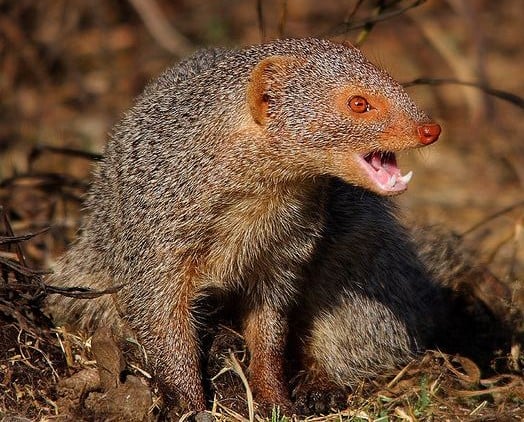 The introduction of the Jamaican mongoose serves as a cautionary tale, highlighting the importance of carefully considering the potential consequences of introducing non-native species into fragile ecosystems. While the initial intent was well-meaning, the long-term impact on Jamaica’s biodiversity and ecological balance has been significant.
The introduction of the Jamaican mongoose serves as a cautionary tale, highlighting the importance of carefully considering the potential consequences of introducing non-native species into fragile ecosystems. While the initial intent was well-meaning, the long-term impact on Jamaica’s biodiversity and ecological balance has been significant.
In recent years, conservation efforts have focused on mitigating the mongoose’s impact and preserving Jamaica’s unique flora and fauna. This includes implementing measures to protect vulnerable species, restoring habitats, and raising awareness about the importance of maintaining a healthy and balanced ecosystem.
By learning from the lessons of the past, Jamaica can work towards a future where its rich natural heritage is safeguarded, and the delicate balance between human activities and the environment is carefully maintained.
The Mongoose’s Cultural Significance
Despite the ecological challenges posed by the Jamaican mongoose, the animal has gained a unique cultural significance on the island. Folktales and stories have been woven around this resilient creature, celebrating its cunning and adaptability.
In some communities, the mongoose is revered as a symbol of resourcefulness and perseverance, embodying the spirit of survival against adversity. Its ability to thrive in new environments and outsmart its predators has made it a subject of admiration and respect among Jamaicans.
This cultural embrace of the mongoose highlights the complex relationship between humans and nature, where even unintended introductions can become woven into the fabric of a society’s traditions and narratives.
Responsible Wildlife Management: Lessons Learned
The Jamaican mongoose’s story serves as a valuable lesson in the importance of responsible wildlife management and the need for thorough risk assessments before introducing non-native species into new environments.
Today, international guidelines and protocols govern the intentional or accidental introduction of invasive species, aiming to prevent similar ecological disruptions from occurring. Collaborative efforts between governments, conservation organizations, and local communities are crucial in mitigating the impacts of existing invasive species and preventing future introductions.
By embracing a proactive and science-based approach to wildlife management, we can better protect the delicate balance of ecosystems and ensure the preservation of biodiversity for generations to come.
Coexisting with the Mongoose: Adaptation and Mitigation
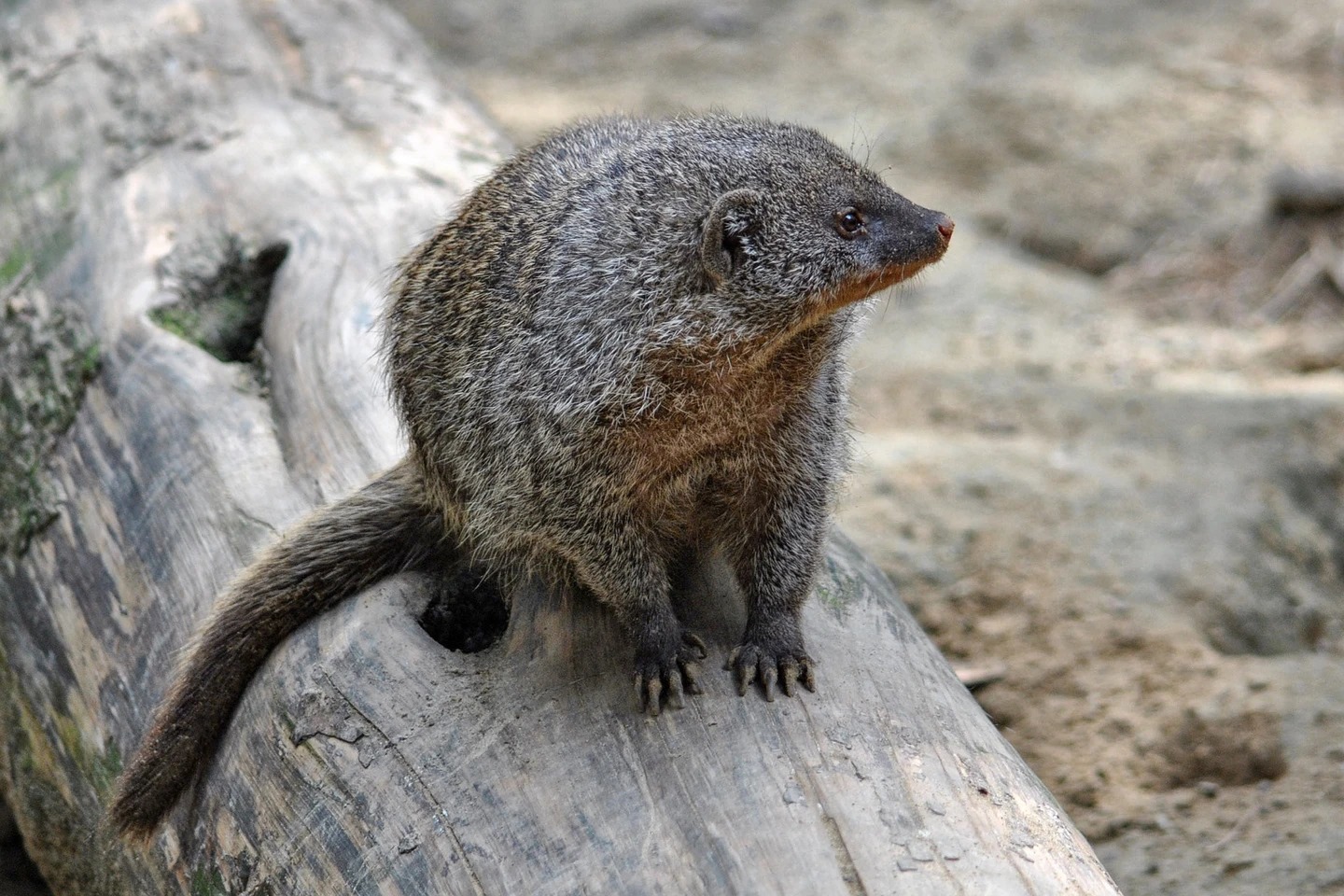 While the Jamaican mongoose’s introduction has had far-reaching consequences, efforts are underway to find sustainable ways for humans and this non-native species to coexist harmoniously.
While the Jamaican mongoose’s introduction has had far-reaching consequences, efforts are underway to find sustainable ways for humans and this non-native species to coexist harmoniously.
One approach involves implementing effective predator control measures, such as fencing and trapping, to protect vulnerable species and agricultural areas from mongoose predation. Additionally, habitat restoration and the creation of wildlife corridors can help mitigate the mongoose’s impact by providing safe havens for native species.
Another strategy involves public education and outreach programs, raising awareness about the importance of responsible pet ownership and the risks associated with releasing non-native animals into the wild. By fostering a greater understanding of the interconnectedness of ecosystems, communities can become more proactive in preventing future introductions and mitigating existing impacts.
Embracing Sustainable Pest Control Practices
The initial introduction of the Jamaican mongoose was driven by a desire to control rodent populations and protect agricultural yields. However, the long-term consequences have highlighted the need for more sustainable and environmentally friendly pest control practices.
Integrated Pest Management (IPM) techniques, which combine various methods such as biological control, cultural practices, and targeted use of pesticides, offer a more balanced approach to managing pests while minimizing environmental harm.
By promoting the use of natural predators, encouraging crop rotation, and implementing physical barriers, farmers and landowners can effectively control pest populations without resorting to indiscriminate methods that could disrupt the delicate ecosystem.
Collaborative Conservation Efforts
Addressing the challenges posed by the Jamaican mongoose requires a collaborative effort involving various stakeholders, including government agencies, conservation organizations, researchers, and local communities.
Governmental policies and regulations play a crucial role in guiding responsible wildlife management practices and enforcing measures to protect vulnerable species. Conservation organizations contribute their expertise in habitat restoration, species monitoring, and public education initiatives.
Researchers play a vital role in gathering data, studying the mongoose’s behavior and impacts, and informing evidence-based strategies for mitigating their effects. Local communities, with their deep-rooted knowledge and connection to the land, can contribute invaluable insights and participate in conservation efforts, ensuring that solutions are culturally appropriate and sustainable.
By fostering a spirit of collaboration and leveraging the strengths of each stakeholder, Jamaica can pave the way for a more harmonious coexistence between humans, the mongoose, and the island’s rich biodiversity.
Conclusion
The story of the Jamaican mongoose serves as a powerful reminder of the intricate relationships that exist within ecosystems and the far-reaching consequences of human interventions. While the initial introduction aimed to address a specific challenge, the long-term impact on Jamaica’s biodiversity and ecological balance has been significant.
As we move forward, it is crucial to embrace a balanced approach that acknowledges the complexities of these situations and seeks to find sustainable solutions. By fostering greater understanding, promoting responsible wildlife management practices, and encouraging collaborative conservation efforts, we can work towards a future where human activities and the preservation of natural ecosystems coexist harmoniously.
The Jamaican mongoose’s journey serves as a valuable lesson, reminding us of the importance of respecting the delicate balance of nature and the need for careful consideration before introducing non-native species into new environments. By learning from this experience, we can better protect the rich tapestry of life that graces our planet and ensure a sustainable future for generations to come.
For recommendations on some of the best times to visit Jamaica, you can check out our guide here.
—
If you’re traveling to Jamaica alone, ensure you take all the necessary measures to keep safe. Read about how you can stay safe while visiting Jamaica. If you decide to visit any resort, be sure to tag us in your photos and videos @resortcaribbean, and follow our socials: Instagram, Facebook, YouTube.


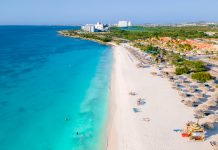

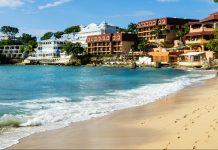
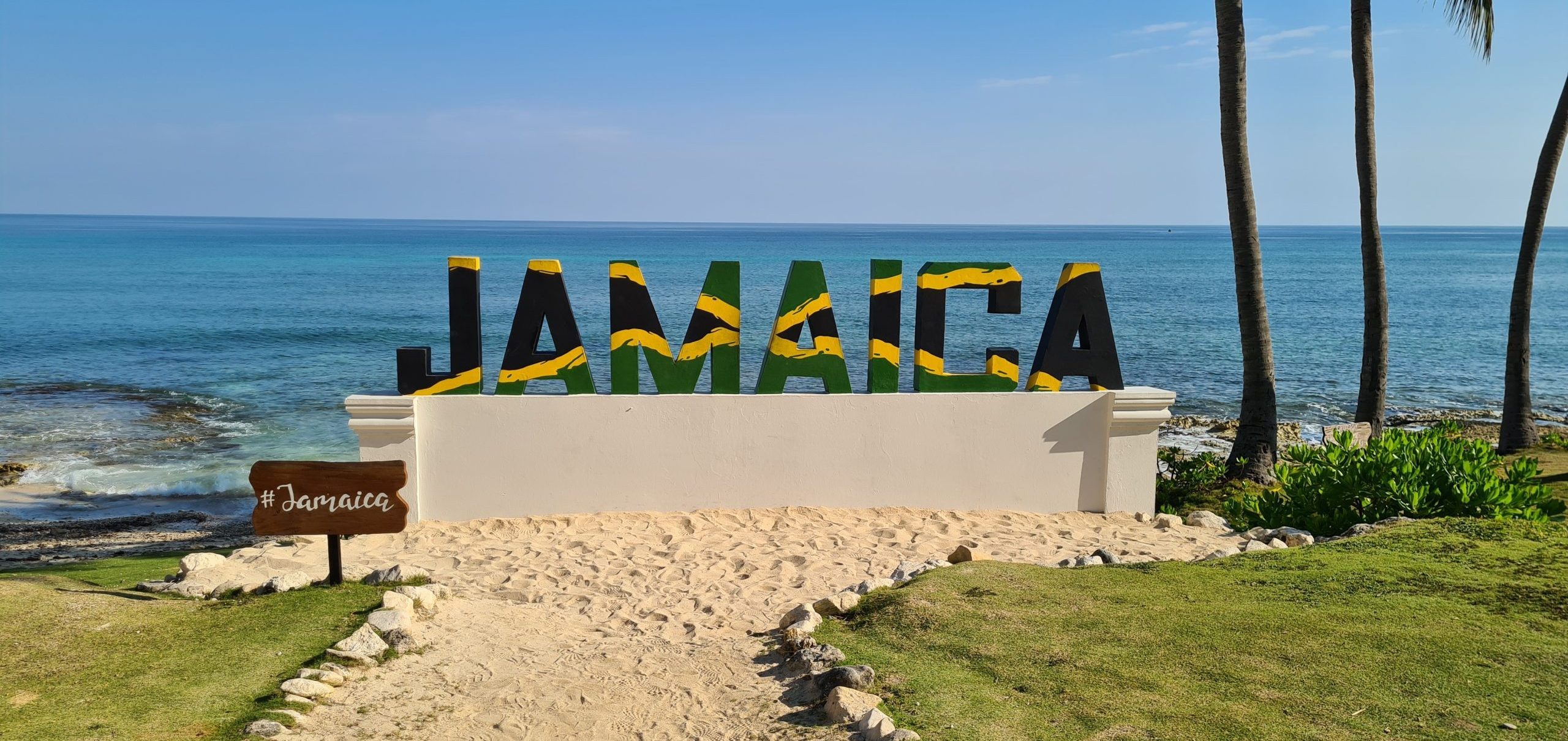
![What You Need to Know before Visiting Azul Beach Resort Negril Jamaica Gourmet All-Inclusive [Resort Review] Azul Beach Resort Pool](https://resortcaribbean.co/wp-content/uploads/2021/09/20210828_091210-2-100x70.jpg)

![Visiting Ocean Coral Spring – One of Jamaica’s Most Famous Resorts [Resort Review] Visiting Ocean Coral Spring - One of Jamaica's Most Famous Resorts](https://resortcaribbean.co/wp-content/uploads/2021/11/20211106_155809-scaled-e1716408051807-100x70.jpg)
[…] What to Know About The Jamaican Mongoose […]